Popular Skis
See more Popular Skis
Atomic Redster S9
6 Available

Blizzard Black Pearl 88
7 Available
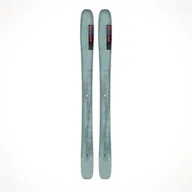
Salomon QST
19 Available

Rossignol Hero FIS SL Pro
16 Available
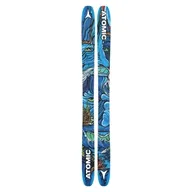
Atomic Bent Chetler
3 Available
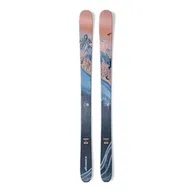
Nordica Santa Ana 93
1 Available
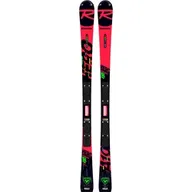
Rossignol Hero Athlete SL
2 Available

Atomic Redster G9
24 Available

Rossignol Hero FIS GS Pro
78 Available
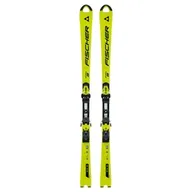
Fischer RC4 World Cup SL
9 Available
Shop by Type
All Mountain & CarvingRacingBig Mountain & PowderPark & PipeTelemark
1,002 Results
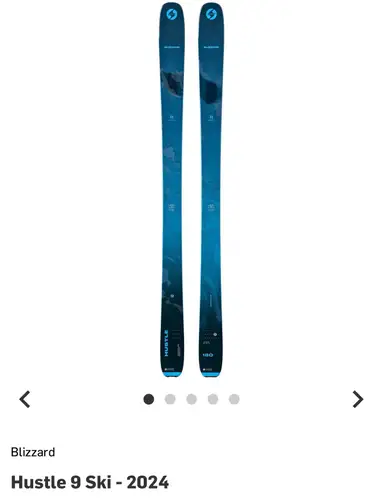
PSnow20

pk_ski

SkiSale
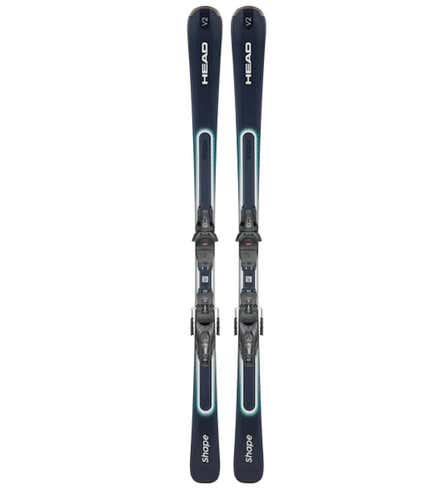
PIAS11771

Canzi109
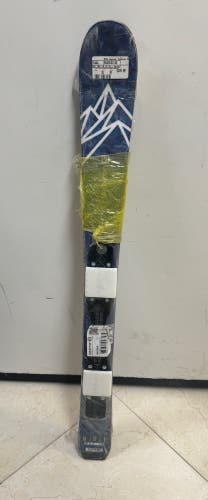
JulieSki
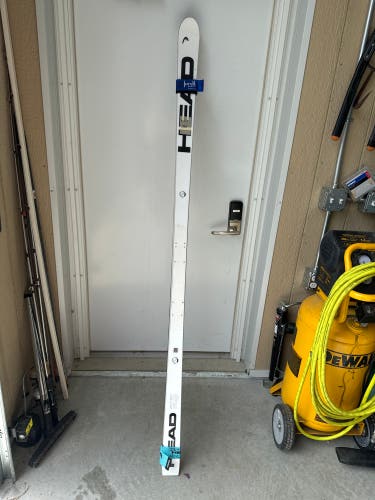
Chrissie31

Tater12
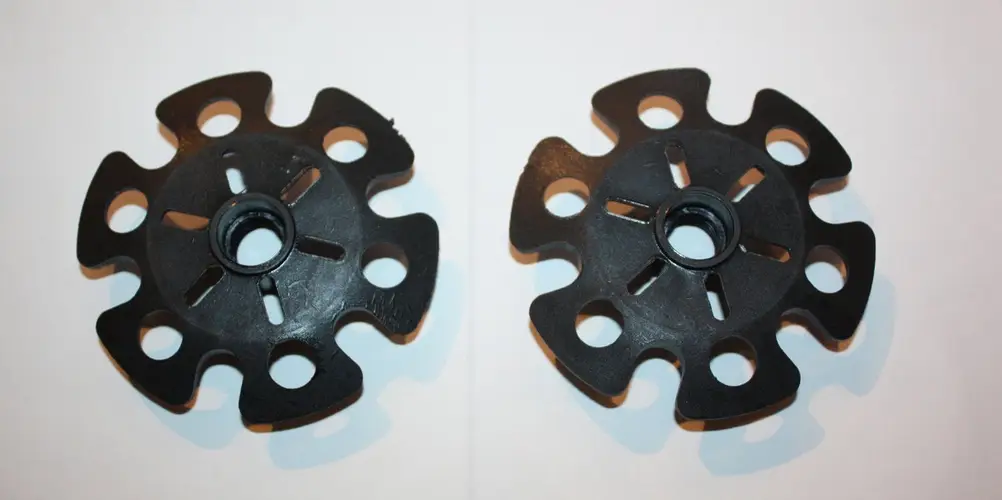
wintersport
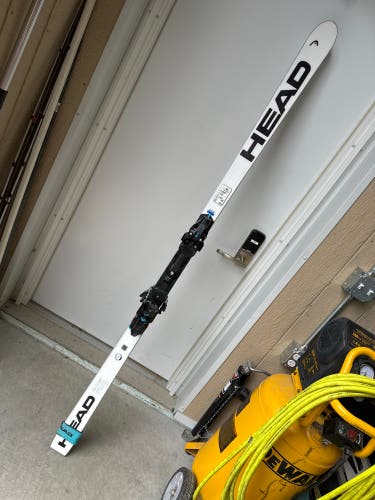
Chrissie31
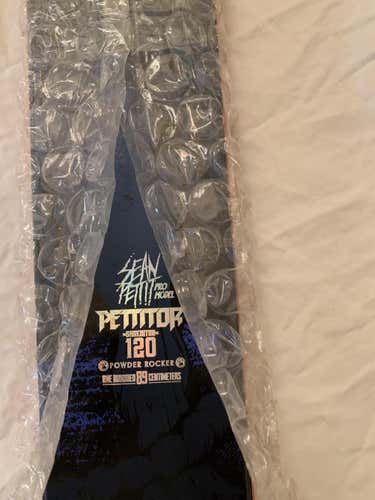
TorHockey

WinterisCalling

NPRW29

NPRW29

NPRW29

Redi
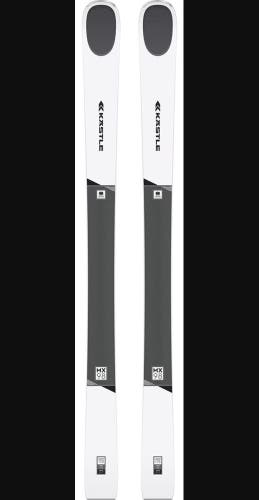
Tater12
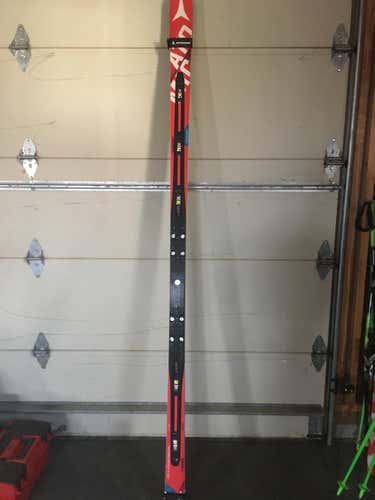
VT00
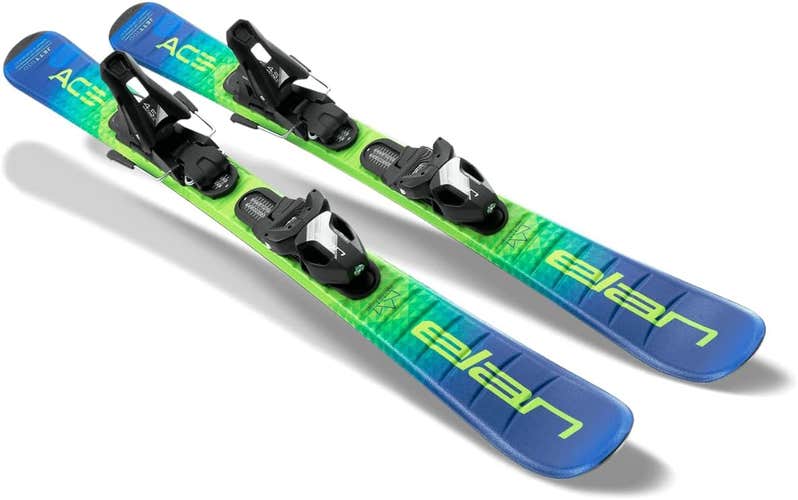
wintersport
NEW 2024 ELAN 110cm Kids skis JETT ACE with EL 4.5 GW size adjustable Bindings set new
$190
Retail price: $249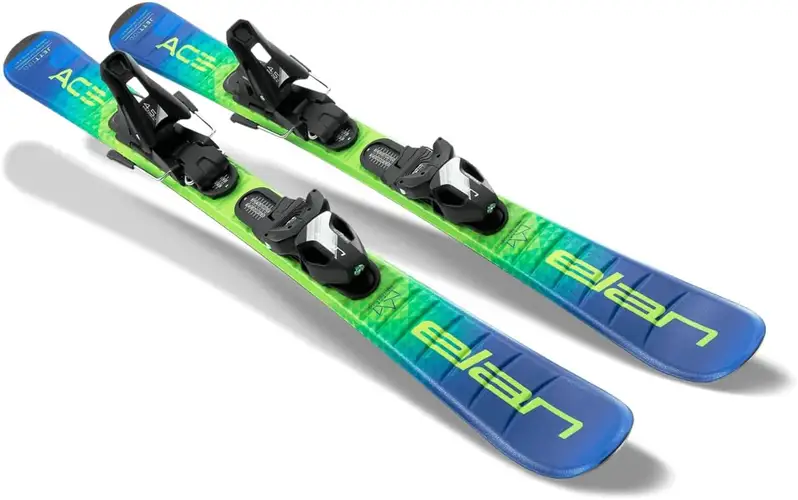
wintersport
NEW 2024 ELAN 100cm Kids skis JETT ACE with EL 4.5 GW size adjustable Bindings set new
$190
Retail price: $249
wintersport
NEW 2023 Elan Explore 6 Skis men's with EL 9GW Bindings size adjustable green NEW pick size
$314$34910%
Retail price: $450
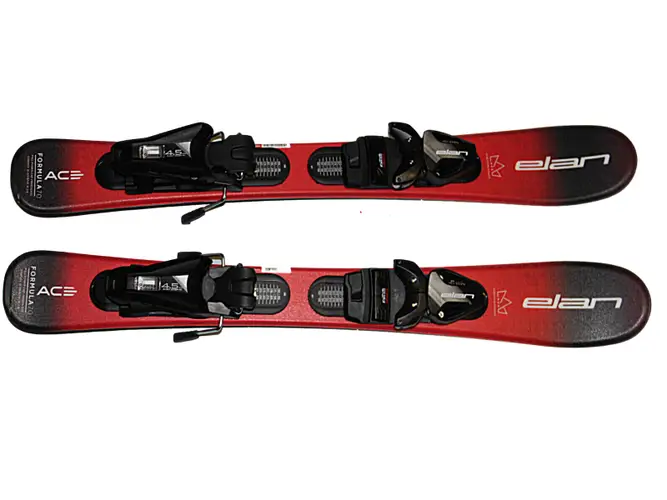
wintersport
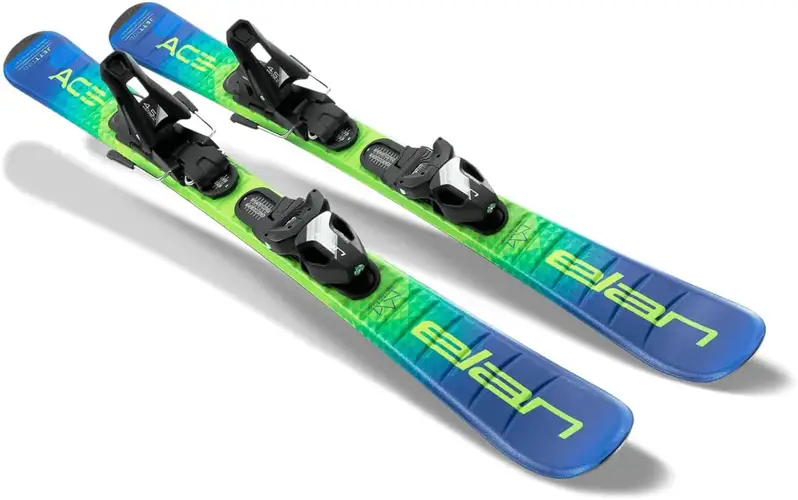
wintersport
NEW 2024 ELAN 120cm junior skis JETT ACE with EL 4.5 GW size adjustable Bindings set new
$190
Retail price: $249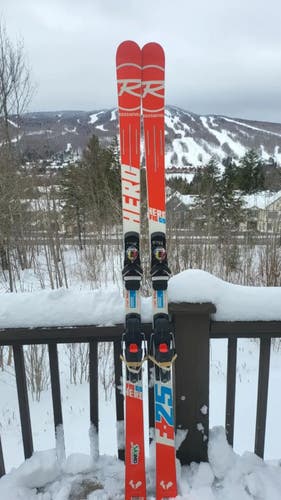
Ibschwartz
New Rossignol 182 cm Racing Hero FIS GS 23 Meter Skis With New SPX Bindings Max Din 14
$600
Retail price: $1,200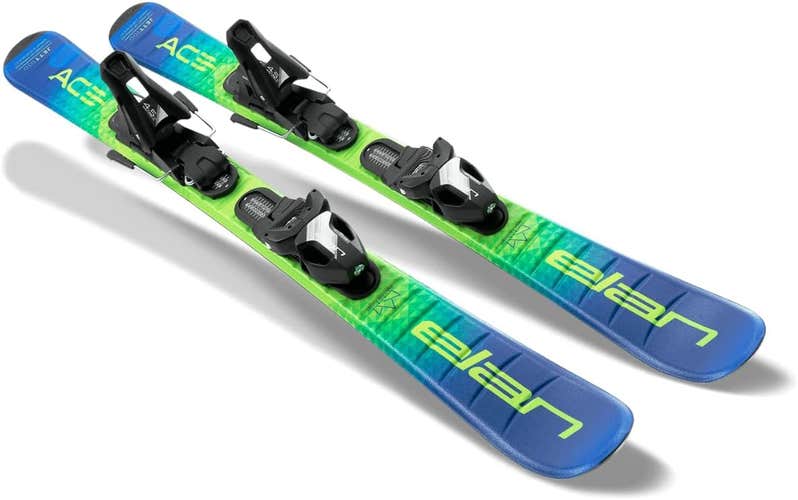
wintersport
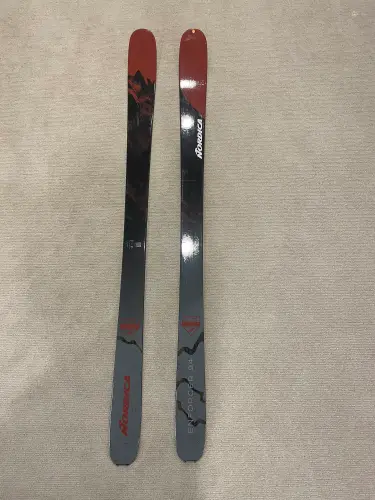
buckle12je
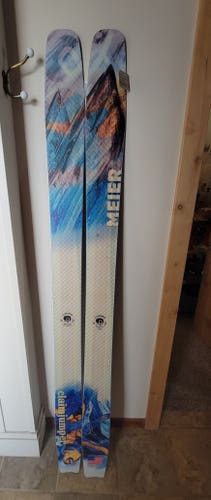
OwenLeeper
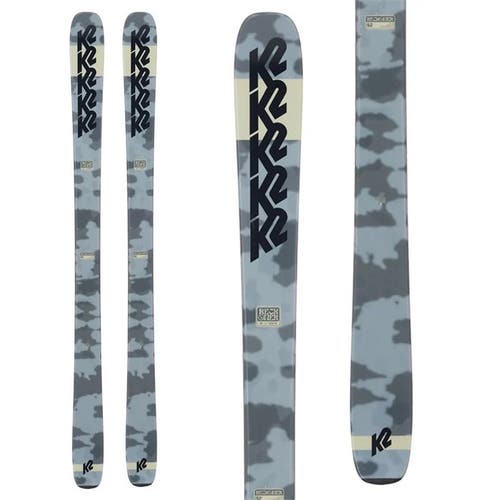
SteezySports

barriessports

sportsxchange
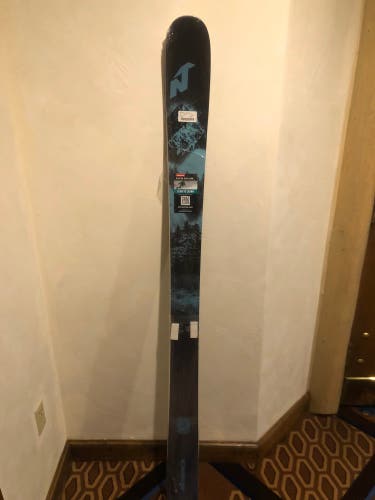
PeteLanesSV
Related Articles
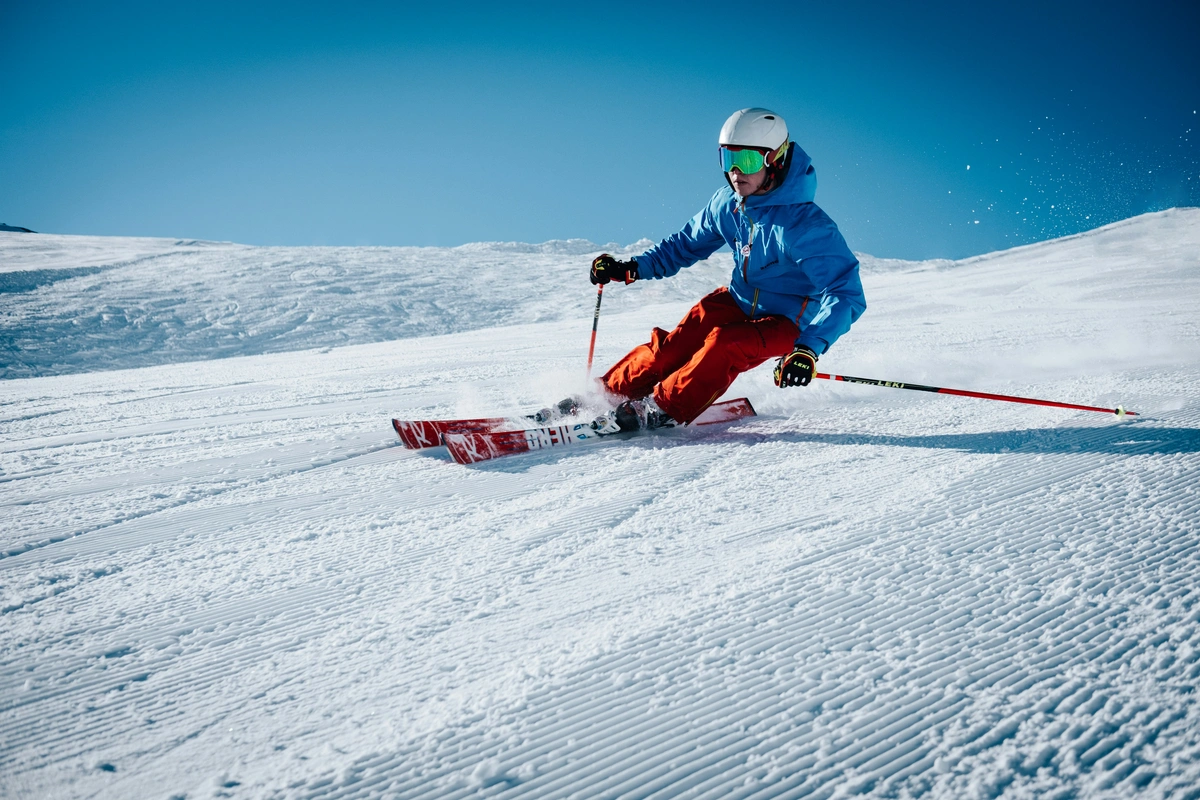
Choosing Skis Based on Your Ability
Your skill level is a crucial factor in selecting the perfect pair of skis. The right ski can boost your confidence and enjoyment, while the wrong one can hinder your progress.
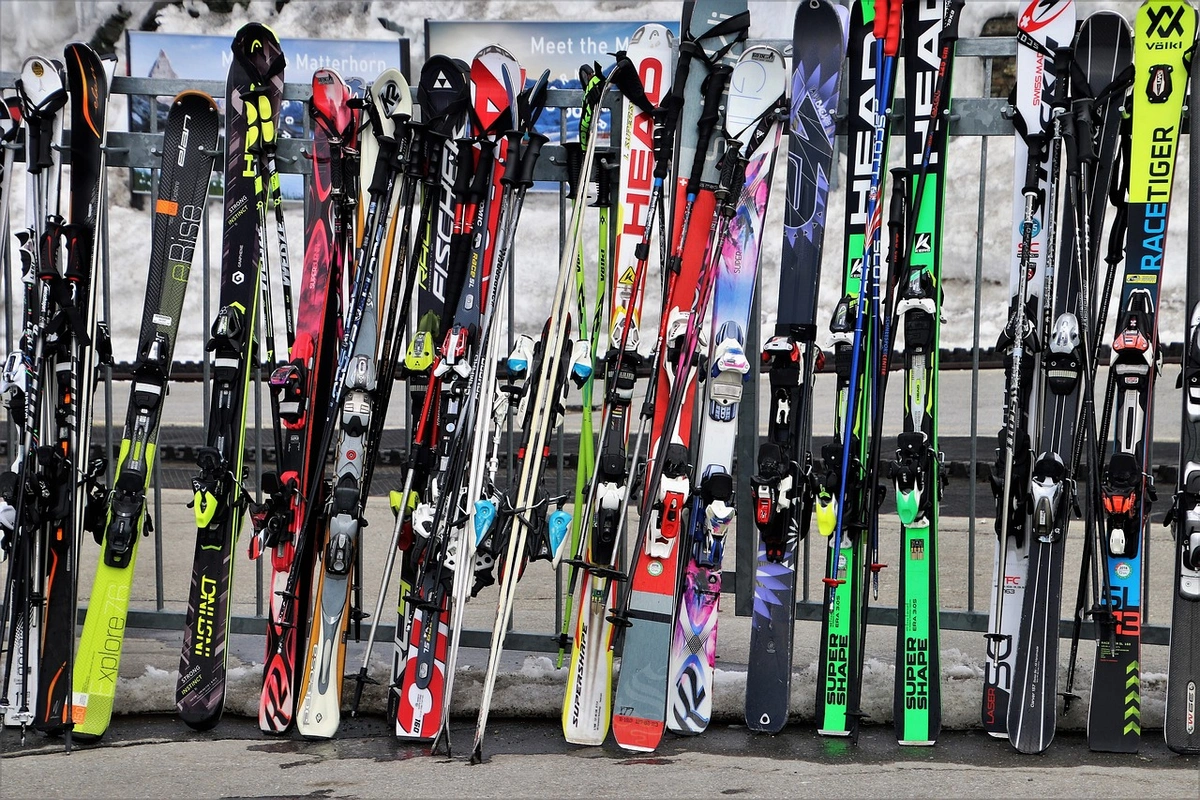
What Type of Skis Do You Need?
Choosing the right skis can dramatically enhance your on-mountain experience. Let's break down what to consider when selecting your ideal skis.
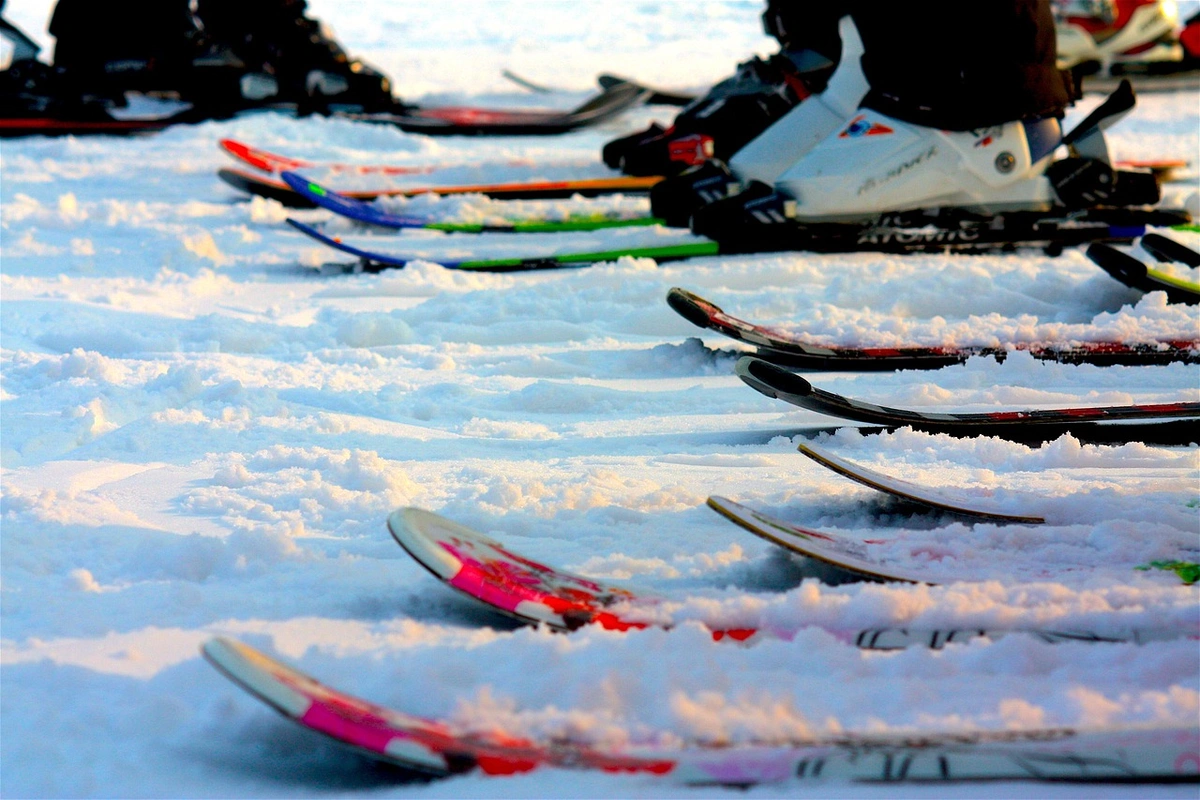
Find Your Ski Size
Consult this sizing chart for general guidance on what ski length is right for you.
